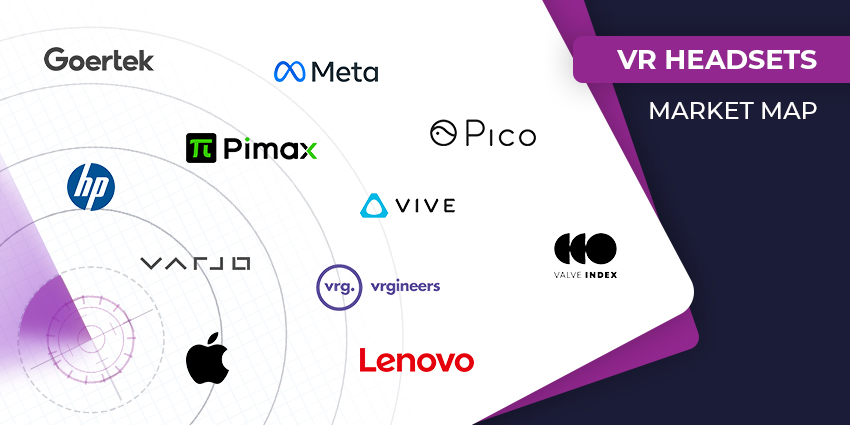In April, real-time 3D (RT3D) engine developers Epic Games and NVIDIA debuted easy-to-use photogrammetry tools to streamline the creation of RT3D assets.
The companies are designing solutions that enable developers to create accurate digital twins for augmented, virtual, and mixed reality (AR/VR/MR) immersive experiences as well as other industries.
Accessible photogrammetry tools also allow developers to facilitate system-intensive RT3D production pipelines using consumer-grade hardware and software. Both firms provide the technology to speed up extended reality (XR) production pipelines.
Reality Scan
Epic Games launched Reality Scan in April, a photogrammetry tool for the firm’s Unreal Engine suite. The service is currently available as a limited beta and empowers XR developers to capture real-world objects as an RT3D model using only a smartphone camera.
Scan your world with just your phone 📱
Meet RealityScan–our new and user-friendly 3D scanning app that puts the power to create 3D models in your pocket.
Learn more and register now for the limited beta: https://t.co/tv8Pasz49W#realityscan #photogrammetry #quixel #sketchfab pic.twitter.com/BTwMUESYpa
— Capturing Reality (@RealityCapture_) April 4, 2022
Epic Games initially announced the tool’s integration last year following its acquisition of the application’s original developer, Capturing Reality.
Additionally, Quixel assists Epic Games’ ongoing development of Reality Scan. The Uppsala, Sweden-based firm owns the “world’s largest” photogrammetry asset library and offers an XR content creation suite with its Megascans, Bridge, and Mixer toolkits.
The Reality Scan smartphone application enables XR developers to photograph a real-world object from multiple angles to create an RT3D model which users can import into the Unreal Engine hub.
The photogrammetry application guides users through the scanning process with AR visualisations and real-time automated feedback, which checks the quality of the photogrammetry capture.
From there, developers can place the captured object into an immersive environment or scene to create assets for an immersive experience, VFX movie sequence, and a traditional video game.
Additionally, Reality Scan operates in tandem with Sketchfab, Epic Games’ cloud platform for publishing, sharing, and selling RT3D content.
Despite its limited release, Epic Games is planning to debut Reality Scan as a complete application later this year, following spectacular community feedback.
NVIDIA Instant NeRF
NVIDIA also introduced in April its Instant Neural Radiance Fields (Instant NeRF), a tool that transforms 2D images into RT3D digital assets.
NVIDIA’s photogrammetry solution uses AI and machine learning (ML) networks to create highly-realistic digital twins of people, places, and objects to accurately simulate a subject’s details, lighting, and shadows.
Like Reality Scan, NeRF speeds up XR content development pipelines by providing developers with an easy-to-use tool available for smartphones.
The platform lets developers quickly create and place their captured RT3D assets into an XR immersive environment, with additional integration for NVIDIA Omniverse applications.
Additionally, NVIDIA says that NeRF applies to automotive, robotics, manufacturing, architecture, and entertainment industries. The solution also entered general availability on its announcement, allowing anyone to create RT3D assets.
In Review
Both solutions provide a starting point for new XR developers to create assets for their immersive experiences. Each product also encourages developers to develop RT3D content for various verticals, from entertainment to industry 4.0.
While Epic Games’ Reality Scan is not widely available, NVIDIA’s NeRF is ready to go, but despite its early days, each service contains a wealth of features prepared to assist any XR developer, from entry-level to seasoned.







